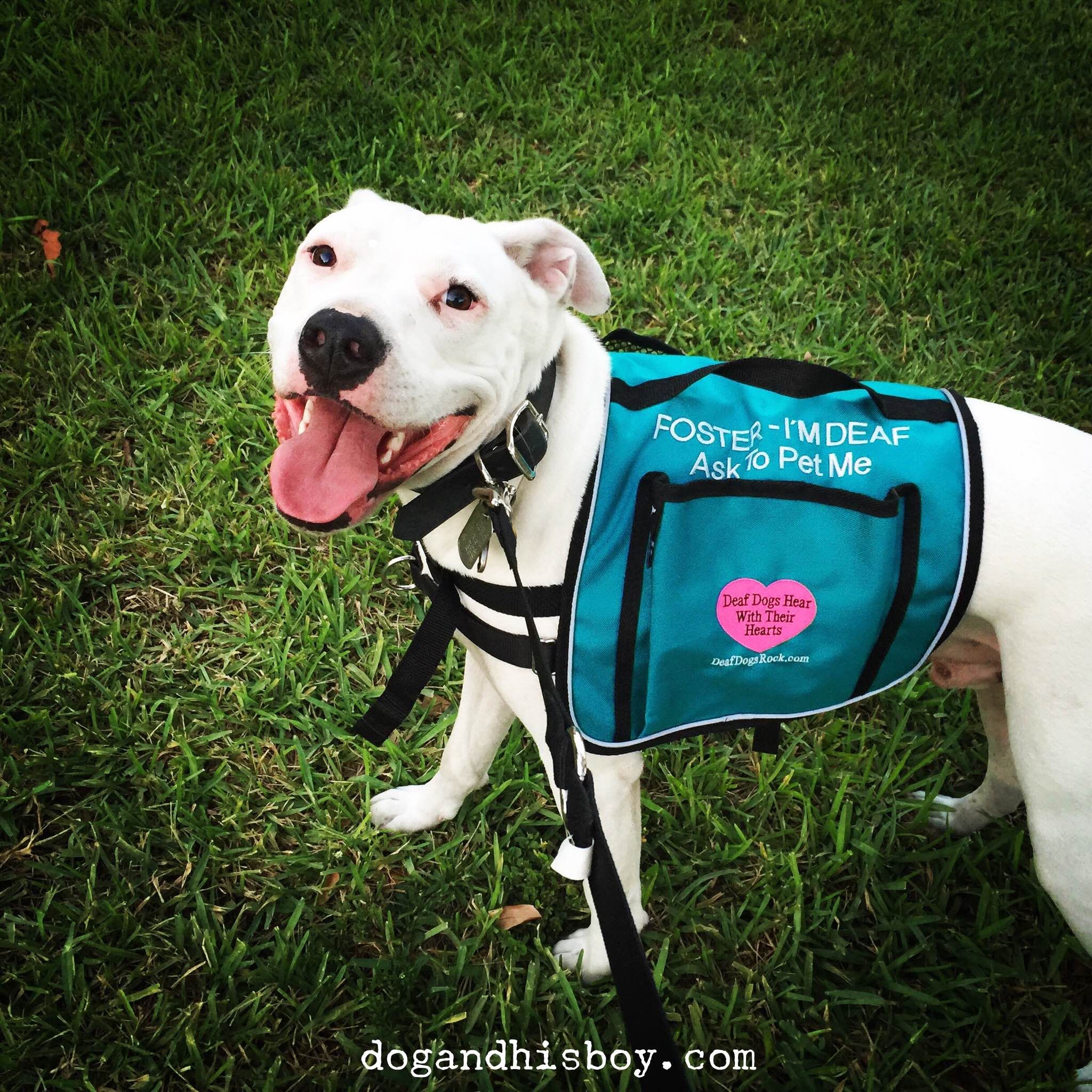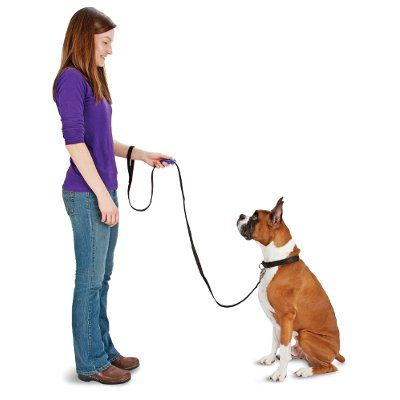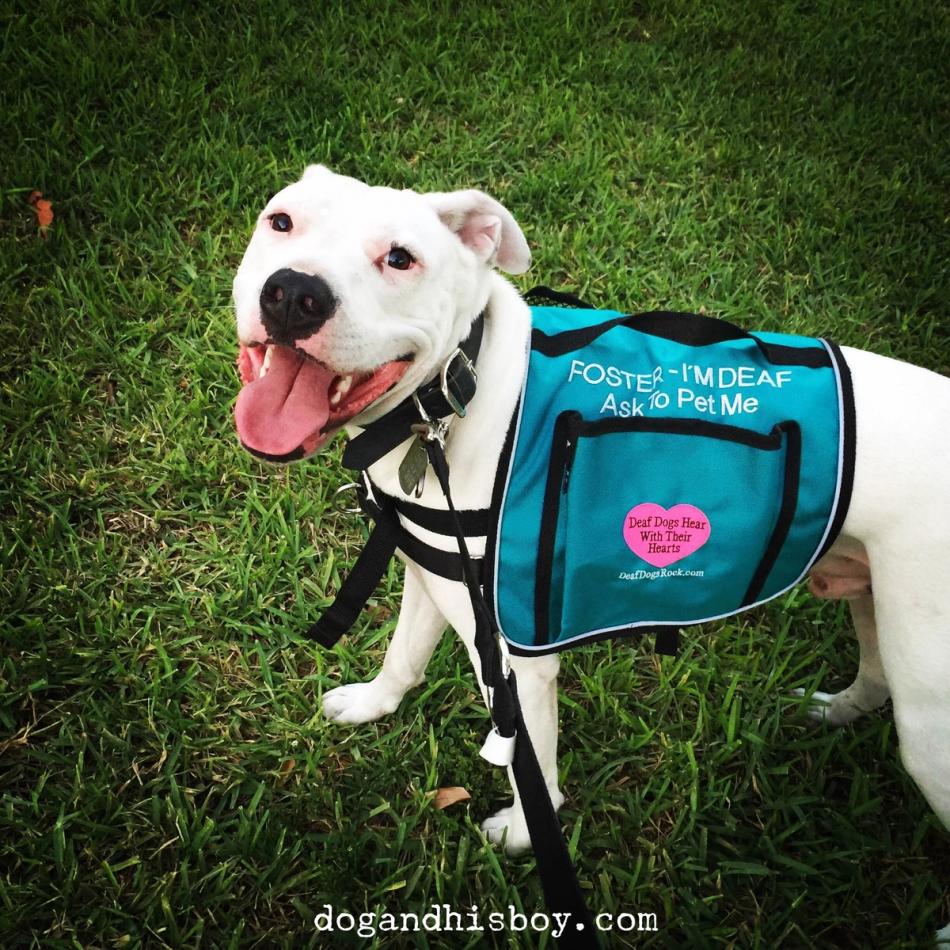It's easy to be impressed when watching a guide dog at work. The dog's ability to concentrate on his job, ignore distractions, and provide both safety and comfort to his sight-impaired handler is amazing. The effort that goes into creating a guide dog is significant. The correct breeding, selecting, and training of a guide dog is an art in and of itself.
Dogs with the Right Stuff

Several organizations provide guide dogs to the blind in the U.S. and Canada: Guide Dogs for the Blind and Guide Dogs of America are both located in California, while The Seeing Eye in based in New Jersey. All three organizations have breeding programs designed to produce puppies most likely to have the temperaments needed to become guide dogs.
Labrador and Golden Retrievers are the breeds used by all three groups, including crosses of these two breeds. The Seeing Eye also uses Standard Poodles on occasion as guides for sight-impaired people with allergies.
All puppies born to these guide dog programs are placed in puppy raiser homes, where they are socialized and receive basic training. At the age of around 1 to 2 years, depending on the organization, pups are put through a training course to prepare them for guide dog work. During their training, young guide dog prospects are taught to lead a person in a straight line, stop for changes in elevation, stop for overhead obstacles, and avoid obstacles in their path.
Guide Dog Training

While the exact training procedures differ among the three U.S. organizations, dogs are typically taught using clicker training and food rewards. Dogs are also trained in "intelligent disobedience," where they learn to ignore their handler's instructions if what they are being asked to do might cause harm to the handler. During the training period, dogs are evaluated for their suitability as guide dogs. Individual dogs are typically rejected for being nervous, having a high rate of distraction, a fear of traffic or a lack of willingness to work.
Becoming a Guide Dog Trainer

Being a guide dog trainer is a unique and exciting way to use your skills with dogs. Because of the limited number of positions available and the competition for these jobs, they can be hard to come by. In California, guide dog trainers must be licensed by the California State Board of Guide Dogs for the Blind. California is the only state that requires licensing of guide dog trainers. Instructors must complete a three-year apprenticeship with a licensed instructor at a certified guide dog school, which uses curriculum mandated by the California Guide Dog Act. Potential instructors must pass several exams and take continuing education classes throughout their careers.
Staff instructors for The Seeing Eye in New Jersey are required to hold a four-year degree in any area of study and have successfully completed three years of specialized training on the job. They must also relate well to dogs and people, and be physically fit and able to work outdoors.
Although being a guide dog trainer can be a challenging job to acquire, guide dog programs require the help of many other types of staff workers and volunteers. Puppy raisers, breeding stock custodians and campus volunteers are among the people who donate their time and effort to guide dog programs. In addition to instructors, paid staff positions include kennel assistants and a variety of administrative jobs.





